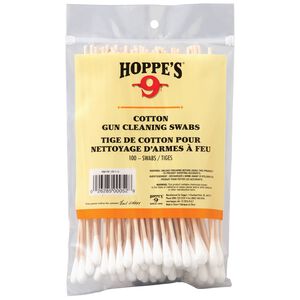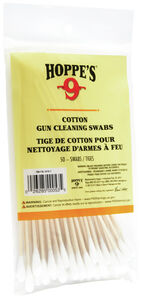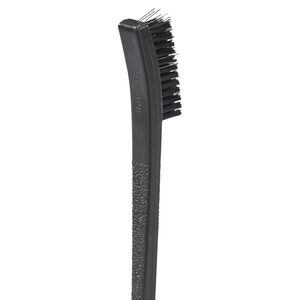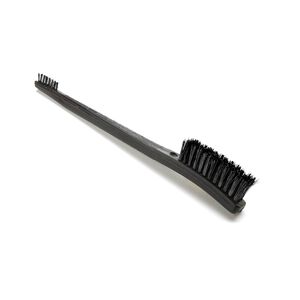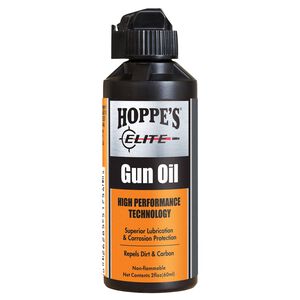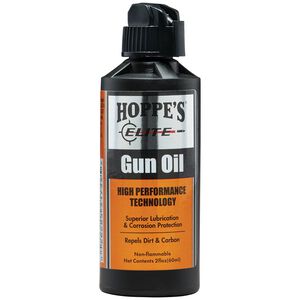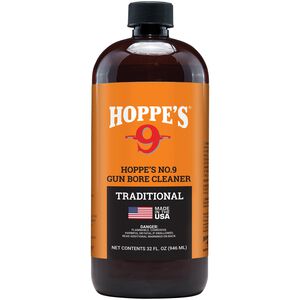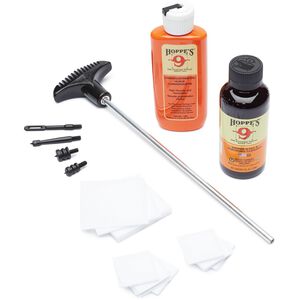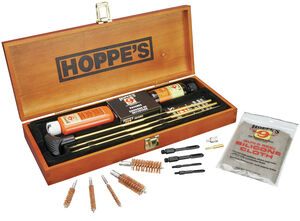The staple Springfield 1911 A1 was designed over 100 years ago and is built for a lifetime of service. This model is favored by many hunters, competitive shooters, and firearm enthusiasts worldwide for its practical and modern design. As with any other firearm, it's your duty to maintain it properly, ensuring that it stays in proper working order. Learning how to clean a Springfield 1911 A1 is crucial in not only helping you maintain your firearm but protecting its longevity and value over the years.
What You Need to Know about Springfield 1911 A1 Maintenance
One of the most commonly asked questions in gun ownership is how often you should clean your firearm. This is a great question, but many variables impact the answer. These variables can include:
- The weather conditions when being stored or used
- Dust
- Humidity
- Age of your Springfield 1911 A1 and so much more
I always recommend that you refer to your Springfield 1911 A1 user manual to see how often the manufacturer says to clean your gun.
Before getting started, always ensure that your firearm is safe and clear of ammunition and there is no ammo nearby. We do this by removing the magazine and inspecting the chamber both visually and physically for any remaining rounds. Once we know that our gun is safe and empty, we can start the breakdown process.
Disassembling a Springfield 1911 A1
The Springfield 1911 A1 is easy to disassemble. To take it apart, push back the recoil spring plug right below the barrel. Once the recoil spring plug is pressed in, you can turn the barrel bushing, which releases the recoil spring. Make sure to keep pressure on the spring during removal to avoid injury.
Next, push the slide back, aligning the raised portion of the takedown lever with the disassembly notch. While holding the slide in position, slide the takedown lever pin out of the receiver. This will allow you to remove the recoil spring, the slide, the guide rod, and the barrel.
With the takedown lever pulled out, remove the barrel from the slide. Now that we've entirely disassembled our 1911, let's get it cleaned up and put back together.
What You'll need to clean your Springfield 1911 A1
Before you can start the cleaning process, make sure you have the necessary products to get the job done right. You will want to make sure you have the following products before you get started:
- Pistol cleaning rod
- Bronze brush head
- Hoppe's No. 9 Gun Bore Cleaner
- Jag
- Cleaning Patches
- Lubricating Gun Oil
- Utility Brushes
- Cotton swabs
- Cleaning Pick
Once you've got all the necessary maintenance products ready, you can dive into the cleaning process. If you find yourself without one of these products, then we highly suggest picking up the Hoppe's Pistol & Rifle Cleaning Kit with Aluminum Rod as it has everything you need to get the job done right.
5 Steps for Cleaning a Springfield 1911 A1
Once your firearm is disassembled and you've collected all the necessary maintenance materials, you can finally start to learn how to clean a Springfield 1911 A1.
1. Clean the Barrel
We'll start the cleaning process by soaking a bronze brush head in some Hoppe's Number 9 Gun Bore Cleaner. Running this through the barrel, from breech to muzzle, will break up all of the gunk that tends to accumulate around the inside of the barrel, such as grease and dirt.
Next, we'll use a rod, a jag, a patch, and some Hoppe's Number 9 Gun Bore Cleaner to run a wet patch through the barrel, then a dry patch after it, repeating the process until we get completely clean patches back.
Do not run a used patch back through the barrel as this can redeposit debris.
Once we get clean patches back, we will repeat the process using Hoppe's Lubricating Gun Oil. With the barrel clean, we can then move on to the frame.
2. Clean the Frame
First, I use a Hoppe's Utility Gun Brush to break up all the old oil, dust, etc., that my frame tends to collect during use. I'll then go ahead and use either a pick or cotton swabs to help me clean those hard to reach areas.
3. Clean the Slide
Next, we're going to work on the slide, brushing it down and getting it all cleaned up by using Hoppe's lubricating gun oil around the entire frame. We want to pay careful attention to all high-friction areas that could slow the firearm's performance.
The slide rail cuts can often be tricky to oil down because of their awkward shape. My trick for getting around this is to add a drop of lubricant on the back end, then set it up on the muzzle end to let the oil run down the rail.
4. Reassemble Your Springfield 1911 A1
Now that we've learned how to clean a Springfield 1911 A1, we can go ahead and reassemble the firearm. To do this, we'll simply reverse the breakdown steps. Again, be sure to keep pressure on the recoil spring; otherwise, it can pop back out and lead to a potential injury.
Once our Springfield 1911 A1 is put back together, we'll finish the cleaning process by wiping the entire weapon down one last time with some lubricant on a patch to give it a nice, smooth Hoppe's finish.
5. Function Test Your Springfield 1911 A1
Now that our firearm is assembled and cleaned up, let's do a brief functions test. To do this, we'll make sure to point our firearm away and pull the slide to ensure that it moves as it should. We'll then hold the trigger and pull the slide once more, resetting it, before pulling the trigger a final time. If everything moves as it should, then we're ready to go!
After the functions test, we're free to put it back in the safe or, if it's our everyday carry, reload it and place it in our holster.
Keep Your Springfield 1911 A1 Functioning with Hoppe's Cleaning Products
Hoppe's is the best place to start for any gun enthusiast that wants to ensure quality when cleaning their firearm. Whether you are out hunting with your buddies, shooting at the range, or depend on your firearm every day, Hoppe's is the No. 1 company to get high-quality cleaning supplies and cleaning accessories.
Remember, proper Springfield 1911 A1 maintenance is vital to maintaining the life of your firearm. However, it's also crucial to ensuring it works as it should, keeping you and those around you safe.
